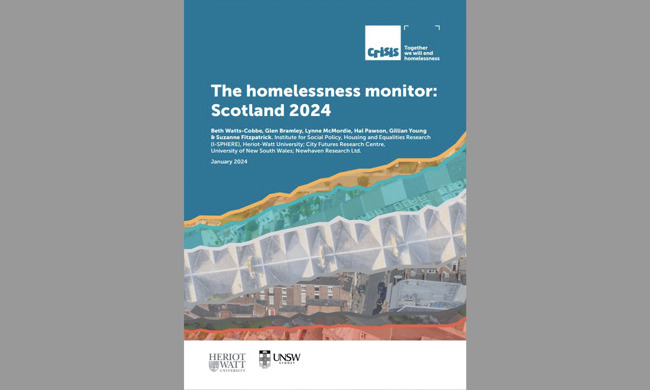A longitudinal study, commissioned by Crisis, providing an independent analysis of the homelessness impacts of recent economic and policy developments in the UK.
The Homelessness Monitor is a longitudinal study, commissioned and funded by Crisis, providing an independent analysis of the homelessness impacts of recent economic and policy developments in the United Kingdom. It considers both the consequences of the post-2007 economic and housing market recession, and the subsequent recovery, and also the impact of policy changes.
The first English monitor was released in 2011 and the subsequent reports document the change in homelessness trends since this baseline data was undertaken in England, Scotland, and Wales. Statutory homelessness policy has diverged significantly across the UK since devolution in 1999 and is a contributing factor in explaining the variation in the levels and patterns of homelessness.
A wide definition of homelessness is adopted in the Homelessness Monitor, and considers the impacts of relevant policy and economic changes on all of the following homeless groups:
The series uses four main research methods:
The research is carried out by researchers at I-SPHERE at Heriot-Watt University and City Futures Research Centre at the University of New South Wales: Prof Beth Watts-Cobbe, Prof Glen Bramley, Rhiannon Simms, Prof Hal Pawson, Honorary Prof Gillian Young, and Prof Suzanne Fitzpatrick,
You can support our work by donating to Crisis or taking part in collective action to end homelessness.
